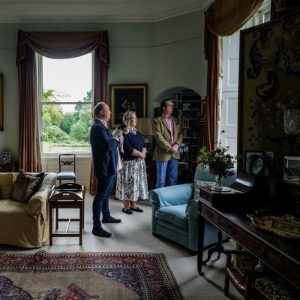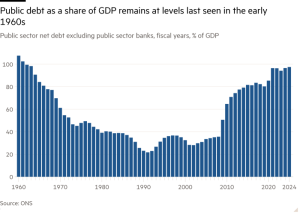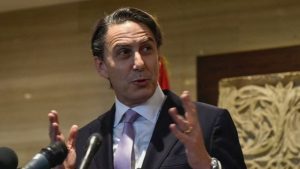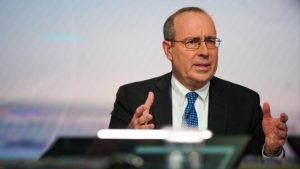Roadshows on a roll as vehicle for watch brands’ storytelling
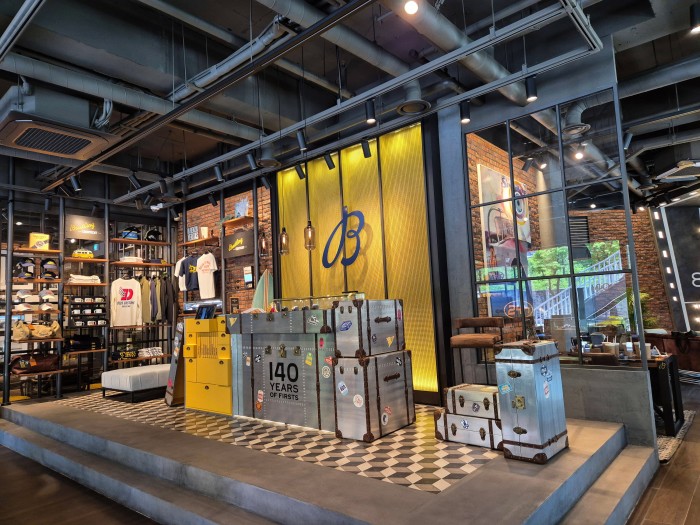
This year, London has played host to several travelling exhibitions, by brands such as Patek Philippe, Van Cleef & Arpels and, most recently, Cartier. The events are designed to engage with clients in a way that is cultural rather than solely transactional.
“Storytelling” may be a marketing cliché, but that does not lessen its importance to legacy brands. When it comes to brand narrative, the touring exhibition is becoming an ever more important tool.
“There is only so much we can do to inform people through online and offline media communications,” says Gavin Murphy, managing director of Breitling UK, which has a 140th anniversary exhibition in London and Manchester this month. “An in-person immersive experience really makes a difference.”
At their most straightforward, travelling exhibitions are staged at flagship stores and comprise cabinets and vitrines displaying historic pieces. At Audemars Piguet, most of its private club-like AP Houses have a dedicated space where vintage models are on display. “I call it a little museum,” says chief executive Ilaria Resta. “I really want to make sure we have this wherever space permits.”
Vacheron Constantin draws on its archive of more than 1,600 pieces, from which it selects watches for thematic exhibitions — for instance, on the development of quirky case designs, or historical collaborations. “Some of these exhibitions surprise our customers who may not be aware of how rich and varied Vacheron Constantin’s 279-year history is,” says Christian Selmoni, the brand’s style and heritage director. “These thematic in-store exhibitions are shipped in kit form and will make eight or nine appearances around the world per year.”

IWC also uses kits for single-topic exhibitions, such as the Mark XVI pilot’s watch or Gérald Genta’s designs for the brand. But, as chief executive Christoph Grainger-Herr says, events held in boutiques draw in mostly existing clients. “With the roadshow, we go to environments where we find a lot of potential customers who could be interested in our story,” he explains.
This has meant setting up a roadshow at the bottom of a ski slope, or near the beach, for example. “A very extreme example is what we did in Las Vegas, during the Formula One Grand Prix last year. We partnered with [F1 team] Mercedes AMG to set up a complete roadshow village and event platform at a racetrack in Henderson, just outside Las Vegas. And we kicked off with a big event: [Mercedes F1 drivers] Lewis Hamilton and George Russell driving the AMG GT [sports car].” Called Speed City, it was, he says, a “desert village set up with containers”. In addition to a curated selection of IWC watches, there was historical exhibition by Mercedes.
“We invited a broad range of customers from external retailers, from our network, from partner organisations such as banks and fund managers,” says Grainger-Herr. “And we had a whole week’s throughput of people doing watchmaking classes, visiting the pop-up museum, and having a driving experience.”
Indeed, the trend for watch exhibitions seems to be moving towards blockbuster events that take place over a period of weeks, immersing existing and prospective clients in the brand and its history.
Last year, just before Christmas, Omega staged a month-long exhibition at the Chelsea Factory in New York, featuring rare watches that seldom leave the brand’s headquarters in Bienne, Switzerland.
Vintage highlights with an American accent at the show included Elvis Presley’s Omega set with 44 brilliant-cut diamonds, and the Omega Slimline worn by John F Kennedy at his inauguration. It showcased the brand’s Olympic timekeeping sponsorship, its connection with the astronauts of the Apollo programme, and the relationship with James Bond. Indeed, actor Daniel Craig put in an appearance.

“The Planet Omega exhibition in New York was really the first one of a new era,” says chief executive Raynald Aeschlimann. “These are really big exhibitions that remain open for a month, and only in capital cities.” While New York presumably had honorary capital status for this occasion, he says that a European capital is next. “At night, we hosted collectors and staged events with, for example, [watch website] Hodinkee. I don’t like this term ‘the place to be’,” Aeschlimann says — with masterly apophasis. “But there is a lot of interest, provided you are coherent in your storytelling; it is not just another commercial activity.” Far from being just commercial, it is a major cost centre. “The investment is at least a million,” he says.
Or, in the case of Patek Philippe, multimillions. The brand does not discuss costs, but tens of millions are estimated to have been invested in its Watch Art Grand Exhibition which debuted in Dubai in 2012.

Since then, the event has travelled to Munich in 2013, London in 2015, New York in 2017, Singapore in 2019, and Tokyo last year. Over 16 days in June last year, some 60,000 people visited the Tokyo show in a space of more than 2,500 square metres. The 2025 iteration is scheduled to take place in Milan.
Patek claims it can see a lasting impact in terms of increased demand at the host country’s retailers — demand that often cannot be met due to the scarcity of certain pieces.
#Roadshows #roll #vehicle #watch #brands #storytelling

